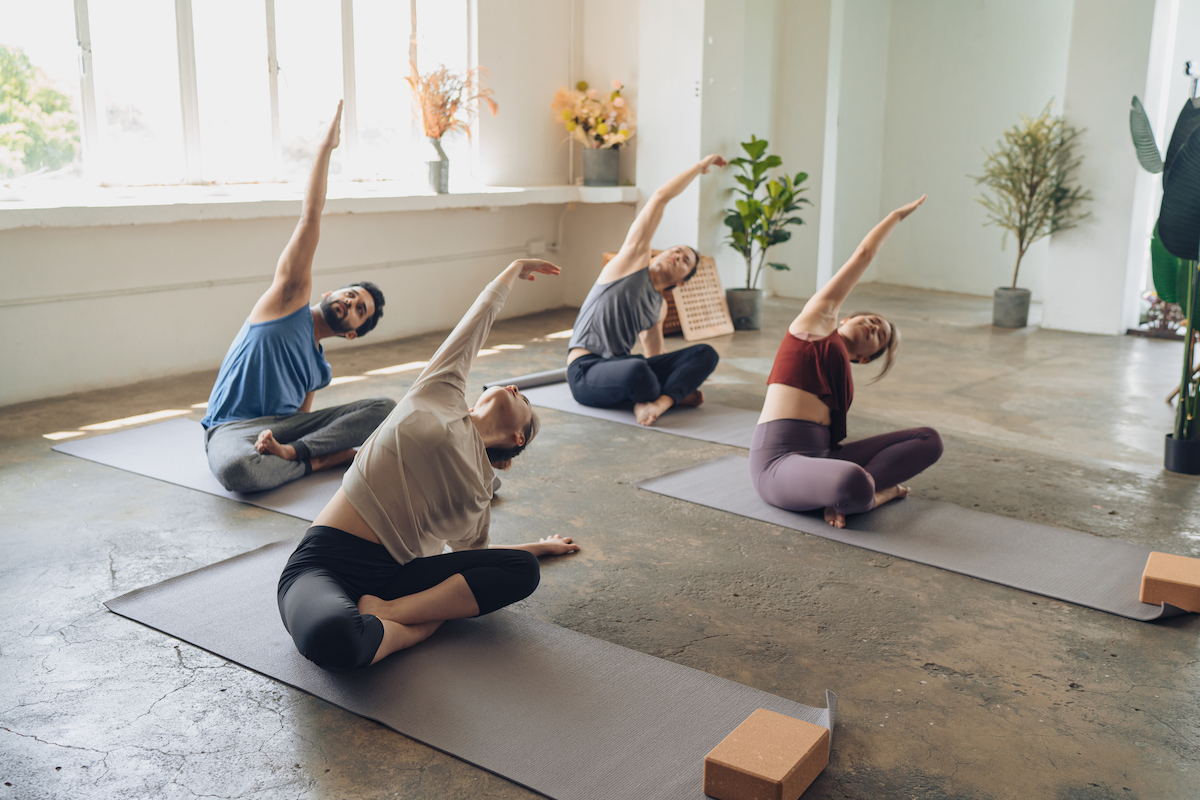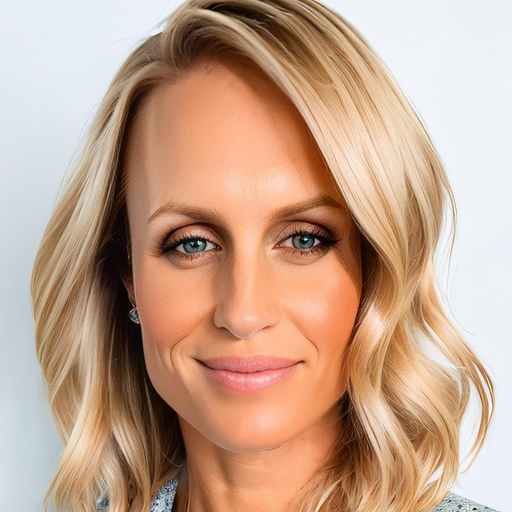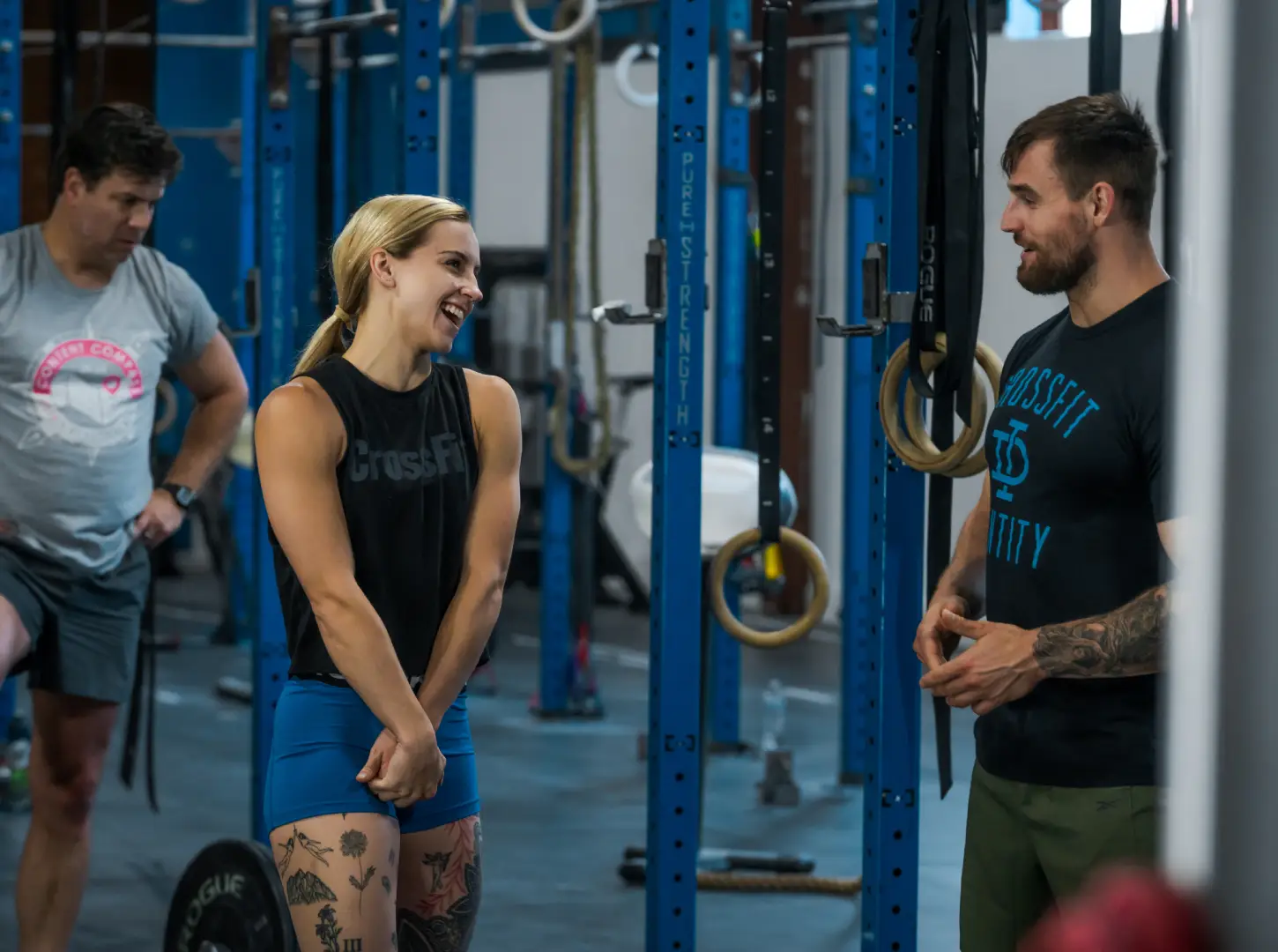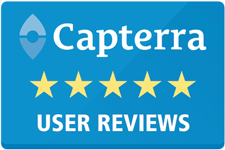8 Steps to Start a Yoga Teacher Training Program

Ever considered hosting a yoga teacher training (YTT) program at your studio? Aside from creating a new pool of talented teachers, it can drive a significant increase in revenue.
Learn the steps you’d need to take to kick off a YTT program at your studio.
Plan Your Facilitator Schedule
One of the first things to do is to consider if you’re going to pay any of your current teaching team to lead YTT classes. Of course, if you’re going to become an RYS, you’ll need to be aware of the Yoga Alliance guidelines for who is eligible to lead a YTT class.
Decide Whether or Not You’ll Register as an RYS
To start, you’ll want to decide if you’re going to register your program with the Yoga Alliance and be a Registered Yoga School (RYS).
This is a significant decision, because what you decide impacts the program itself and all the subsequent choices you’ll need to make.
The pros for certifying your program with the Yoga Alliance is that the RYS distinction may lend additional credibility to your program.
It may give the perception to teachers in training that they will be able to move more freely between studios, since the Yoga Alliance RYS distinction is universally known.
The potential cons for becoming a RYS with the Yoga Alliance is that you will be required to submit all of your training materials for approval. You must also set up your program per their requirements in terms of who is eligible to teach your YTT classes and what must be taught in them.
Choose Whether to Build or Buy a Manual and Curriculum
After deciding whether to register your program with the Yoga Alliance, you’ll need to establish your training materials. That brings you to your next decision: do you write your own curriculum, or do you purchase a pre-existing one?
Think about it. You’ll need a manual, a curriculum that corresponds to the manual, and any worksheets or handouts you think will support your instruction. Manuals also need professional photographs that demonstrate poses and hands-on adjustments.
According to studio owners that we’ve talked to, manuals are upwards of 400 pages and have taken nearly 80 hours to write and assemble from start to finish.
Our advice? Use the Yoga Alliance 200-hour and 300-hour standards as a reference to keep you on track, regardless of whether or not you are going to become an RYS.
It’s important to note, however, that the Yoga Alliance has dramatically updated their RYS and YTT curriculum standards, modules, and requirements. Be sure to consult them to have the most up-to-date information.
If you choose to buy your manual and curriculum, there are some great choices out there. Train Yoga Teachers, Yoga Teacher Central and Ambassador Yoga are a few that we’ve heard good things about.
One important note is that even though you can buy a manual and curriculum that are already written, they are usually customizable to fit your unique studio branding and style of yoga.
Set Your Schedule
While you’re working on your manual and curriculum, you’ll want to set your training schedule. The way you set up your schedule can impact how you arrange your curriculum.
For instance, if you decided to hold your YTT classes on weekends, you can probably expect to have anywhere between 8 and 12 weekends worth of classes.
From there, you would arrange your curriculum modules to align with the number of weekends you’ll meet.
Of course, your decision regarding whether or not to become an RYS is a consideration here, too. The Yoga Alliance mandates a specific number of contact and non-contact hours, with a number of contact hours specified for each of the standard categories mentioned above.
Using the 8 to 12 weekends worth of classes as a base for calculations, if you’re planning a 200-hour program, you’ll need about 15 to 23 hours of contact instruction each weekend.
Using an estimate like that, you can sit down with a calendar and plan out your schedule.
Protect What You’ve Built
If you decide to create your own manual and training materials, you should become familiar with copyright laws and protections.
We hear countless studio owner stories of training materials being used in an unauthorized capacity for competing YTT programs.
If you’re not worried about this or are using purchased materials, feel free to disregard! But if you are writing your own materials, it’s better to be safe than sorry.
Set Expectations with a Contract
After you create your training materials and have your schedule planned, it will be time to set appropriate expectations with a contract your trainees will sign. This might sound like an extra step, but the truth is that outlining your expectations on paper will reduce misunderstandings later.
Things to consider in your contract include attendance expectations, the cost for make-up instruction in the case of absences, requirements for graduation, your financial policy, any out-of-pocket costs for students beyond the program tuition, inclement weather plans and any non-compete parameters you feel need to be outlined. (If adding a non-compete clause to your contract, consult with your attorney for legal guidance specific to your state’s labor laws.)
Figure Out the Financials
Next, you should determine your payment policy.
Will you allow your students to make installment payments for their tuition? And if so, under what terms? If allowing your students to pay in installments, it’s common to add a small finance charge to the total amount due and expect all payments to be remitted before a student graduates from your program.
Alternatively, options like PayPal’s six months, no interest payment plans work well because you get paid in full up front. Your student then makes installment payments to PayPal, which removes the hassle of having to collect multiple payments from your students.
Utilize Contracts
After you create your training materials and have your schedule planned, it will be time to set appropriate expectations with a contract your students will sign. This might sound like an extra step, but outlining your expectations on paper will reduce misunderstandings later.
Things to consider in your contract include
- Attendance expectations
- The cost for make-up instruction in the case of absences
- Requirements for graduation
- Your financial policy
- Any out-of-pocket costs for students beyond the program tuition
- Inclement weather plans and any non-compete parameters you feel need to be outlined.
If you are adding a non-compete clause to your contract, consult with your attorney for legal guidance specific to your state’s labor laws.
Set Up Registration in Your Software
Finally, you’ll be ready to set up your YTT classes in your yoga studio software.
Your software provider shouldn’t charge you more for this functionality, even though we’ve heard that’s sometimes the case. You should be able to set up your classes or each meeting on your schedule but restrict registration to only those within your YTT program.
It takes work to launch a YTT program, but there are many benefits to doing so. We hope this comprehensive list of steps helps if you decided to launch a program.
Of course, once you complete these steps, you’ll need to market your YTT program.
Learn How Zen Planner Helps
When the time comes, we have additional resources to help you! We help yoga studios reach more students with lead-generating websites, digital marketing, and a range of software solutions for fitness businesses.
Book a demo to learn more.
This blog was originally published in April 2019 and updated in May 2022.

I’m Coach Kelli, a devoted CrossFit gym owner with 15 years of experience managing my facility, along with owning yoga studios and wellness centers. Beyond the fitness world, I have a passion for cooking, cherish moments with my children and family, and find joy in spending time outside. Having experienced the highs and lows, I’m dedicated to leveraging my expertise to help you grow and succeed on your fitness journey.

I’m Coach Kelli, a devoted CrossFit gym owner with 15 years of experience managing my facility, along with owning yoga studios and wellness centers. Beyond the fitness world, I have a passion for cooking, cherish moments with my children and family, and find joy in spending time outside. Having experienced the highs and lows, I’m dedicated to leveraging my expertise to help you grow and succeed on your fitness journey.








